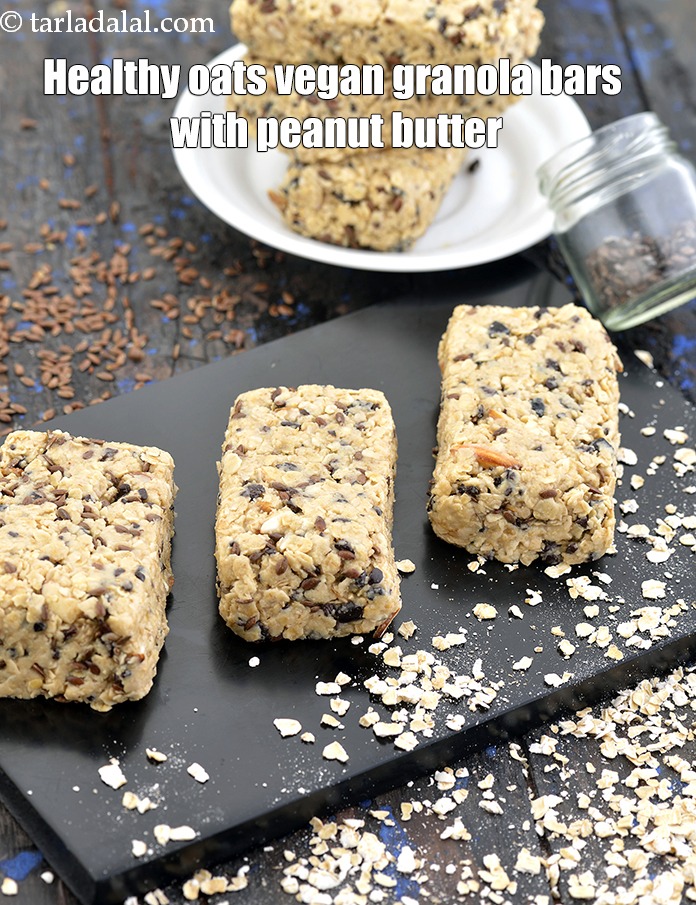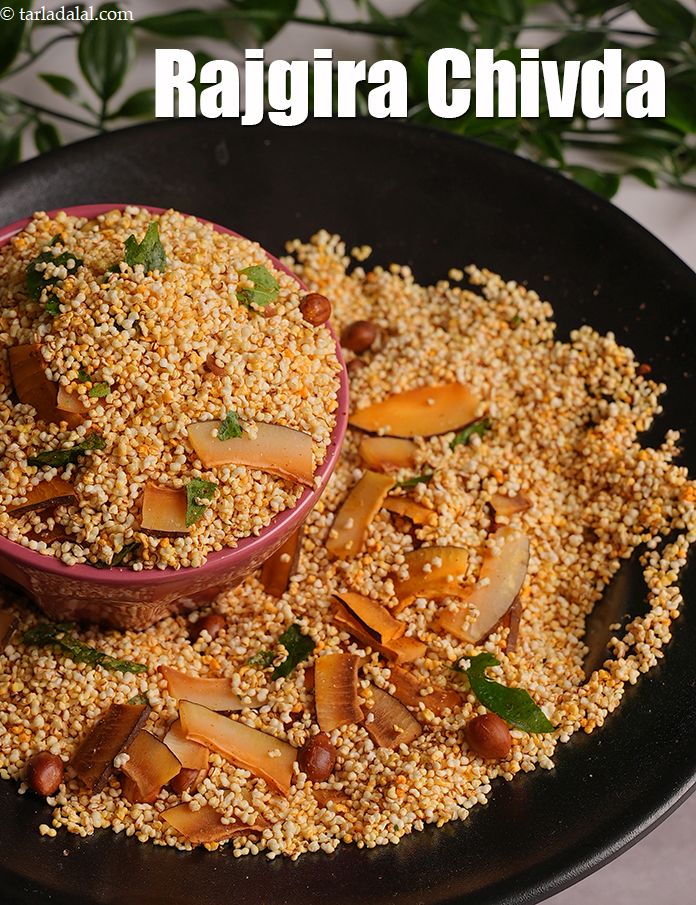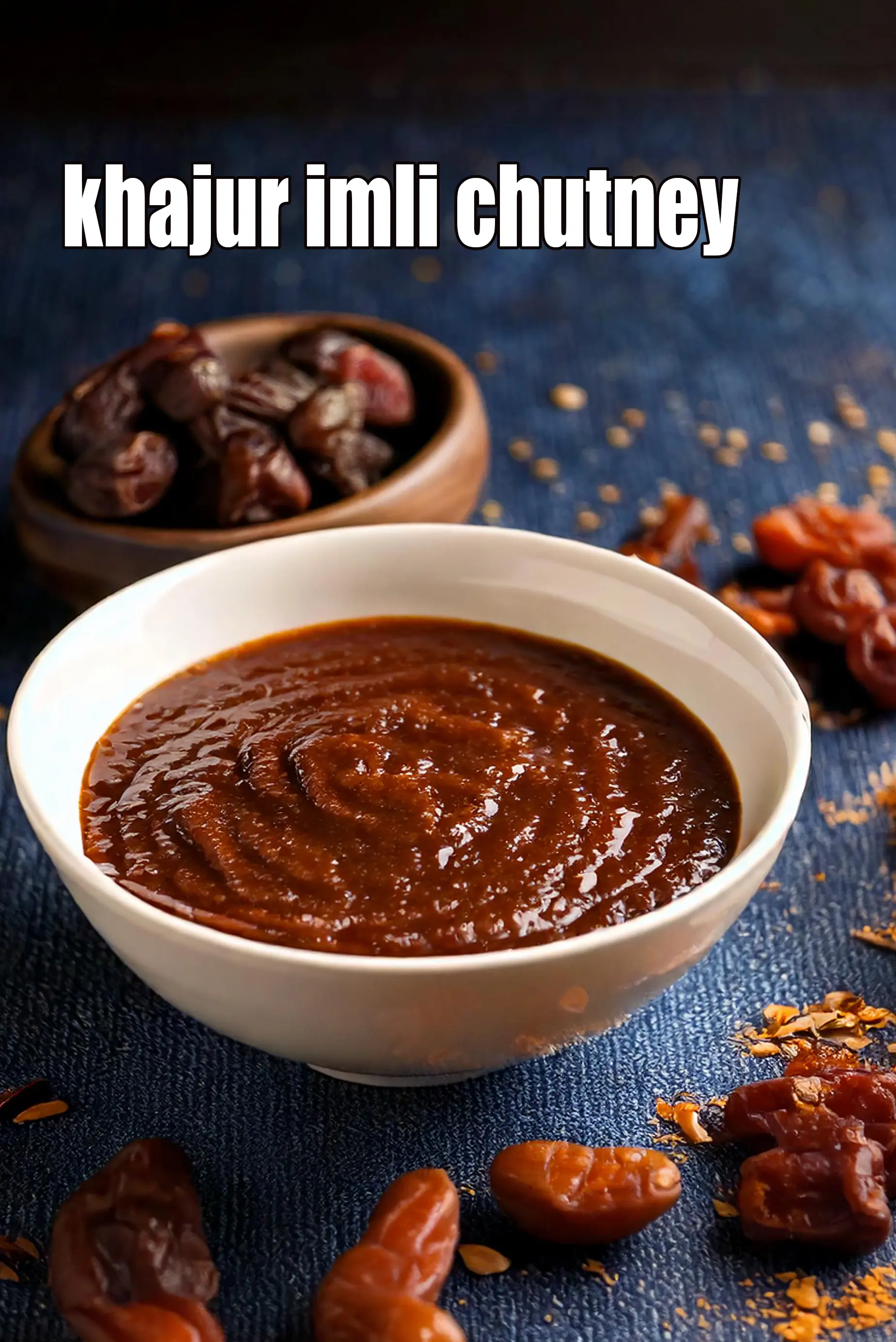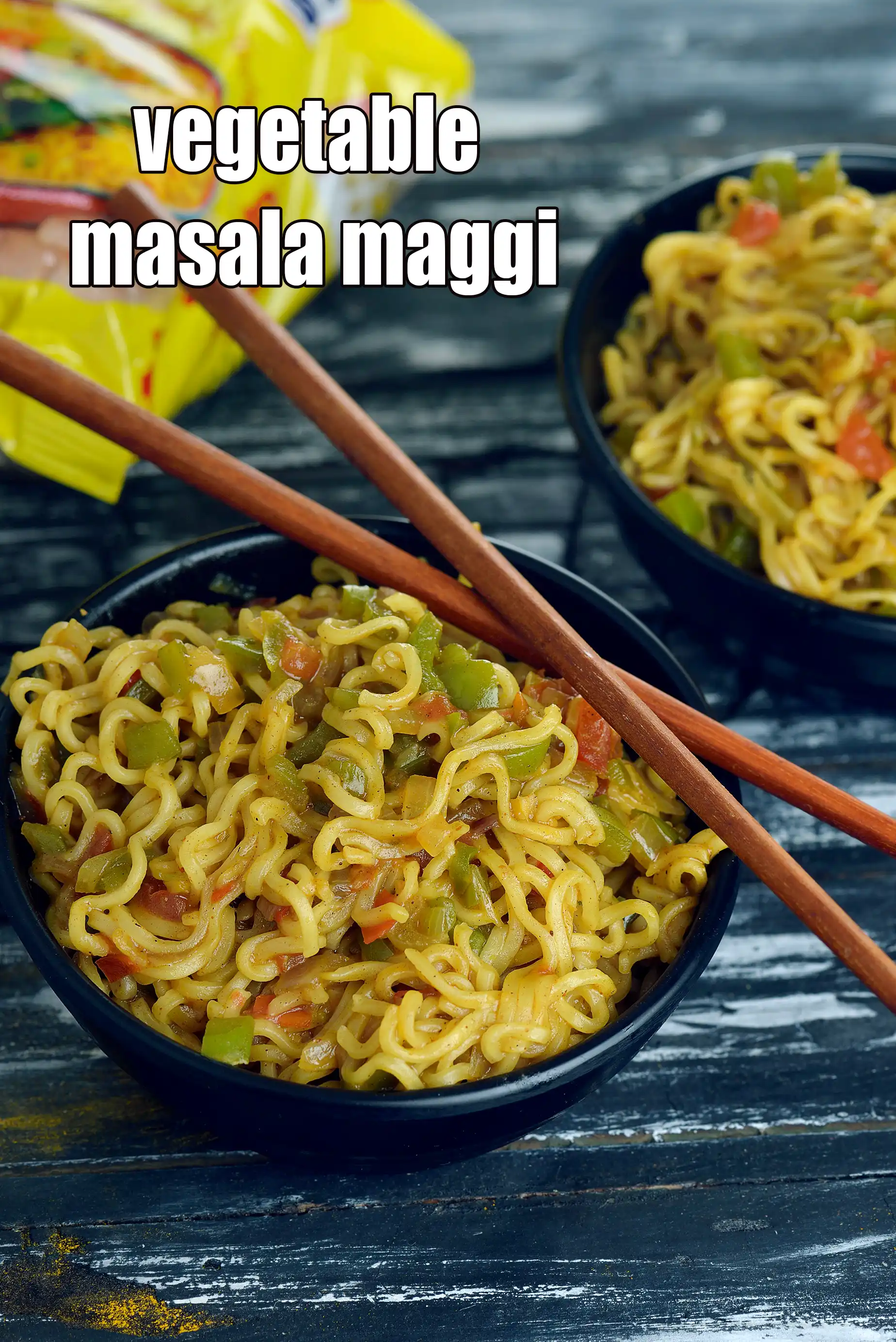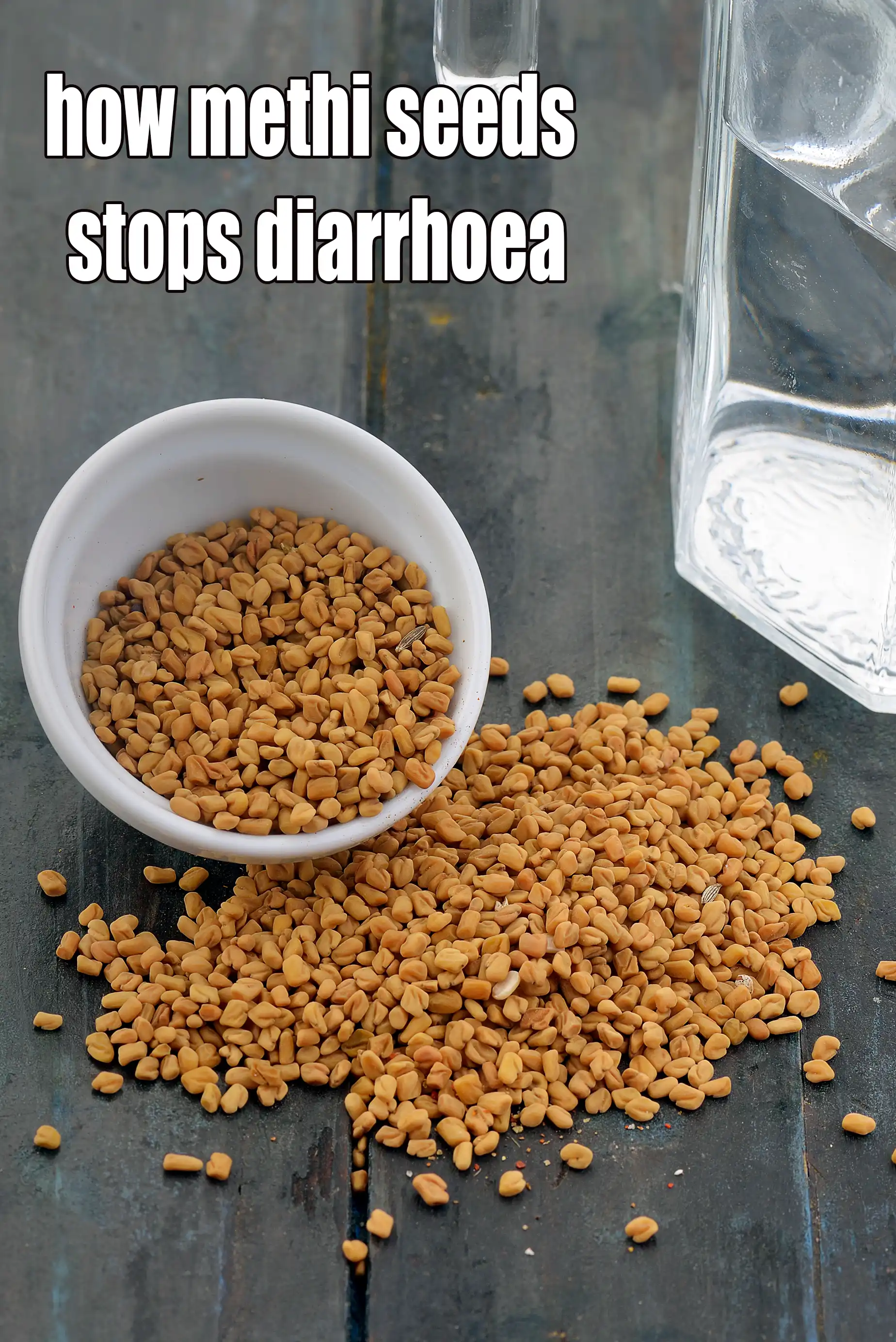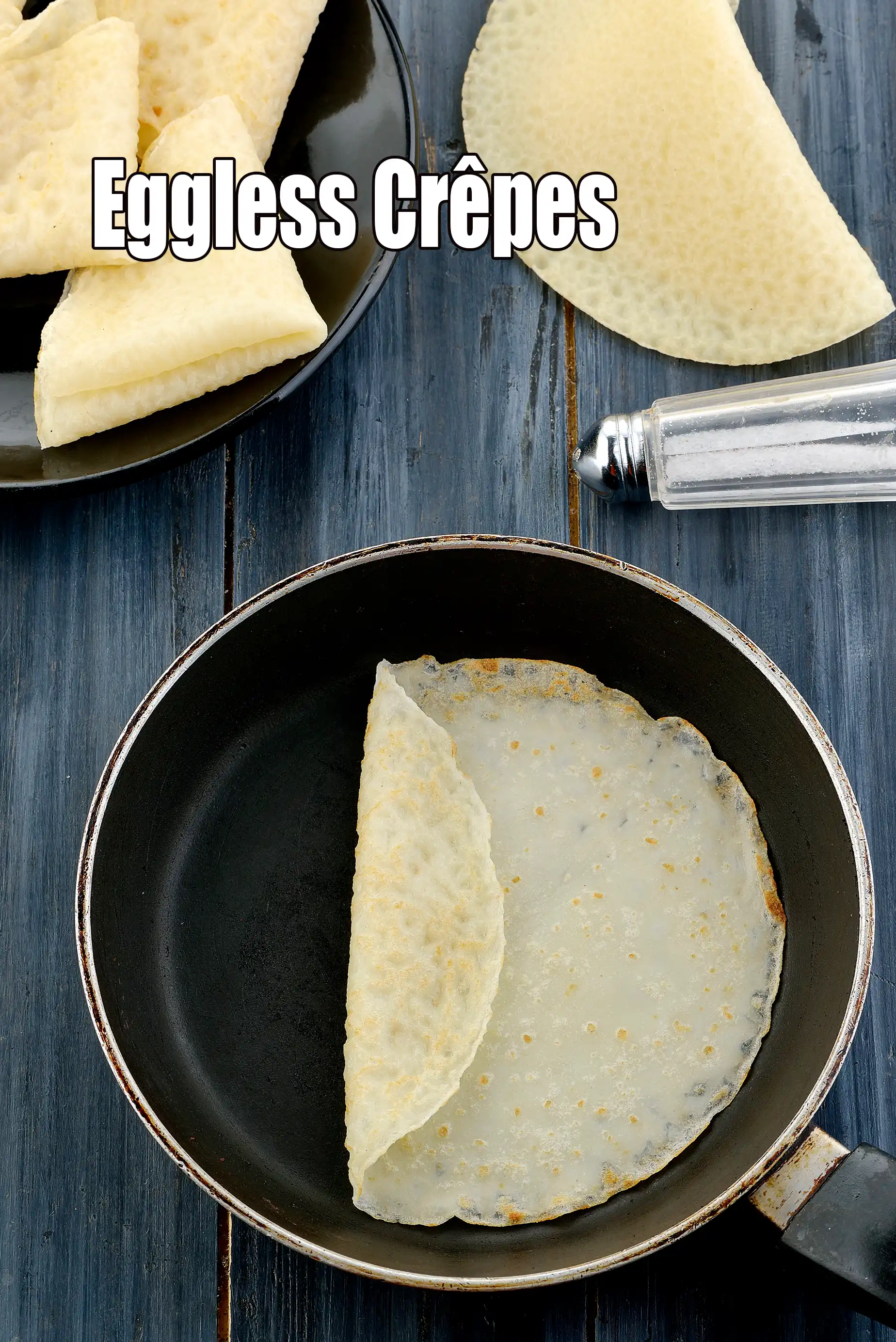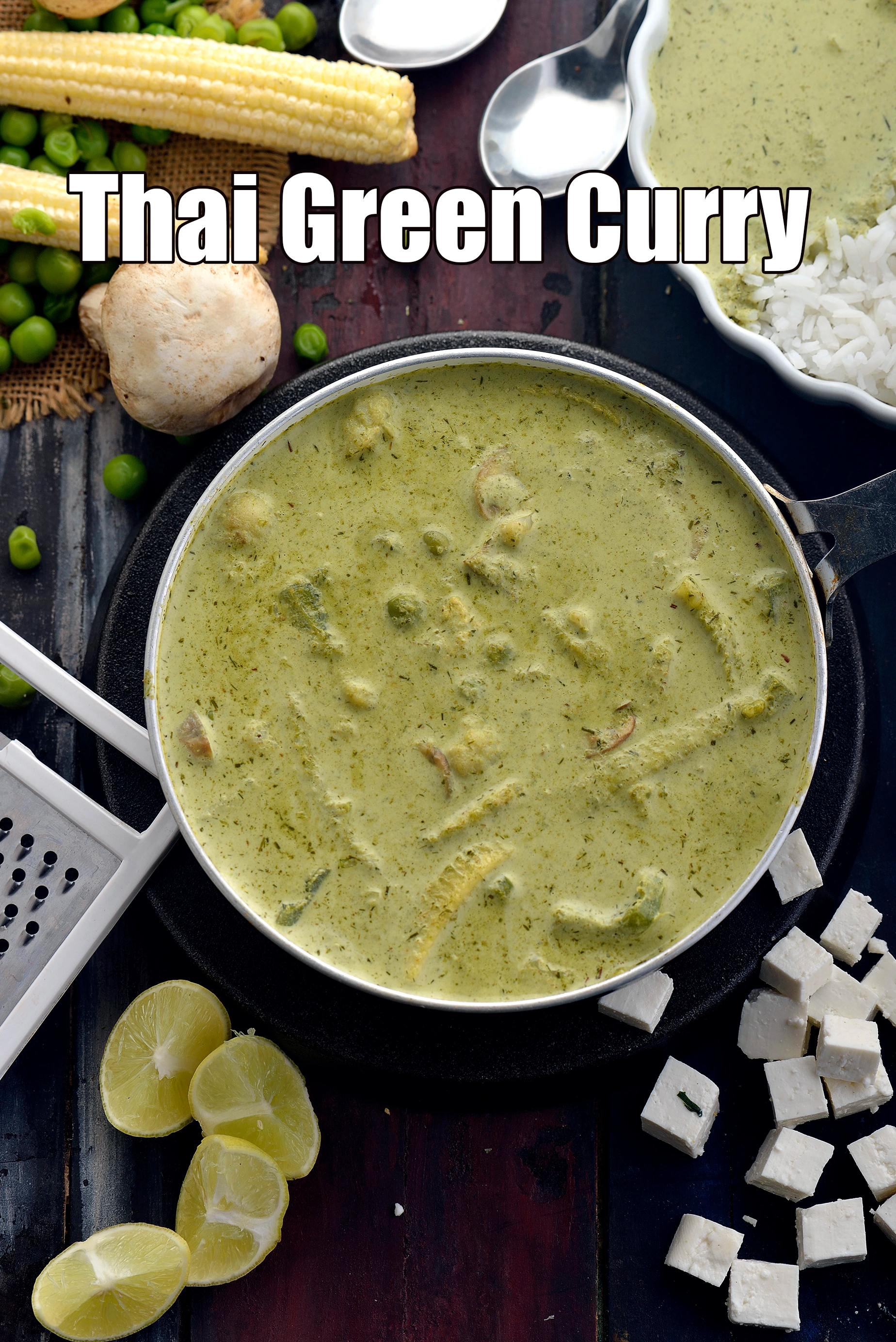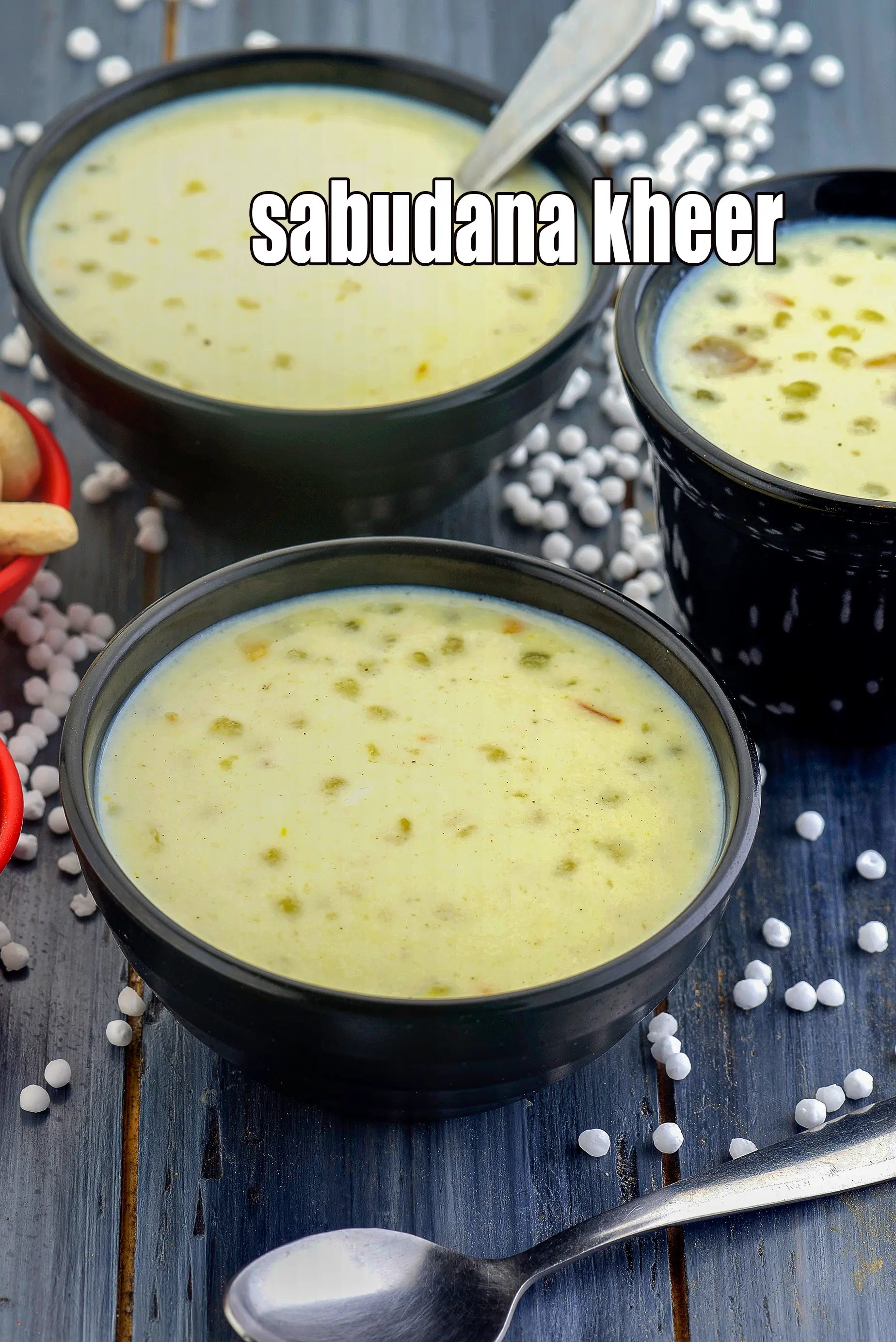Nutritional Facts of Brinjal Rice recipe Calories in Brinjal Rice recipe
This calorie page has been viewed 6160 times
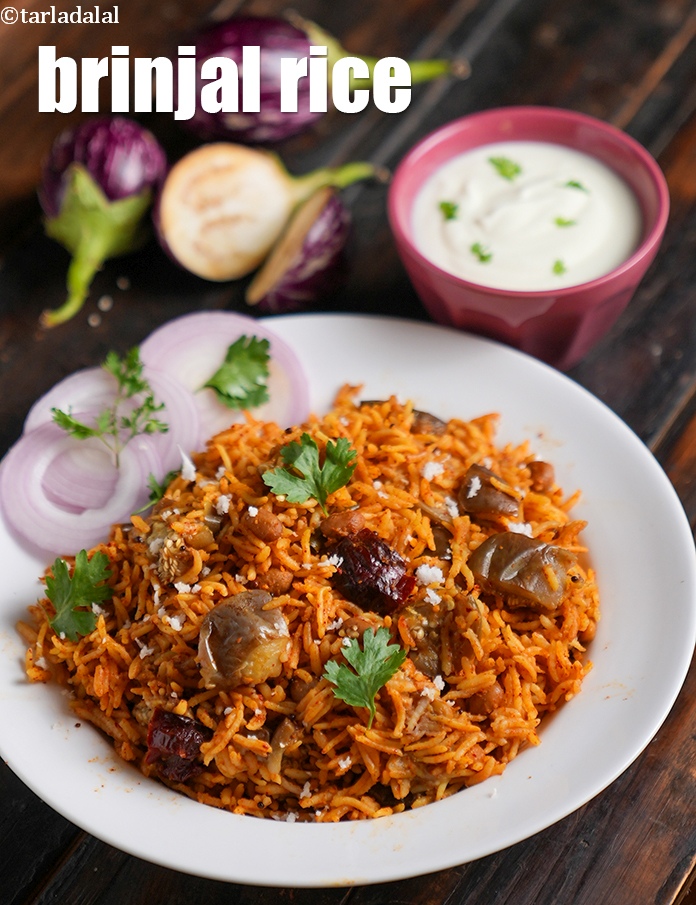
How many calories does one serving of Brinjal Rice have?
One serving (250 grams) of Brinjal Rice gives 361 calories. Out of which carbohydrates comprise 202 calories, proteins account for 32 calories and remaining calories come from fat which is 130 calories. One serving of Brinjal Rice provides about 18 percent of the total daily calorie requirement of a standard adult diet of 2,000 calories.
Brinjal Rice recipe serves 4. Makes 1000 grams rice, 250 grams per serving.
361 calories for 1 serving of Brinjal Rice, Cholesterol 0 mg, Carbohydrates 50.7g, Protein 7.9g, Fat 14.4g. Find how much fibre, iron, calcium, zinc, magnesium, phosphorus, sodium, potassium, folic acid is present in Brinjal Rice.
See Brinjal Rice recipe |
Is Brinjal Rice healthy?
No, this is not healthy. Let's see why.
Let's understand the Ingredients.
What's good.
Brinjal (baingan, eggplant) : Foods like Brinjal have a low glycemic index and are good for weight loss. Brinjals are a very good source of fibre. It also prevents blood glucose from shooting up and is good for diabetics. Brinjals are rich in folate, which is required for producing Red Blood Cells (RBC’s) and also helps to prevent anaemia. See all the 7 amazing benefits of baingan.
Coriander (kothmir, dhania) : Coriander is a fresh herb often used as a flavour enhancer in Indian cooking. It is mainly used as a garnish. This is the best way to use it - no cooking. This preserves its vitamin C content which helps to build our immunity and bring that sparkle to the skin. The antioxidants vitamin A, vitamin C and the quercetin present in coriander works towards strengthening our immune system. Coriander is a fairly good source of iron and folate – the 2 nutrients which help in the production and maintenance of red blood cells in our blood. Good for reducing cholesterol and good for diabetics. Read 9 benefits of coriander to understand details.
Peanuts : Peanuts contain Vitamin B1, Thiamine which helps form ATP (Adenosine triphosphate) which the body uses for energy. A handful of peanuts gives you 7.3 grams of Protein. Peanuts, Almonds and Walnuts are rich in Protein and healthy monounsaturated fats which won’t spike your blood sugar levels and good for a diabetic snack and healthy heart snack. Eating a handful of Peanuts a day is said to increase the good cholesterol (HDL) in your body which is good for heart health. Read 11 amazing benefits of peanuts.
What's the problem ?
Rice : Here are the pros for rice. Rice is a great source of complex carbohydrates, which is an important source of energy for our body. Moreover it is gluten free. Rice is low in fibre and therefore a good option for people suffering from diarrhoea. But rice is a good source of protein and B vitamins.
What's not good with rice? Foods like rice that are high in Glycemic index are not suitable for weight loss, heart patients, diabetics as they affect the blood sugar control levels. However if rice is combined with high protein or high fibre foods, the glycemic load can be balanced. Thus its combo is a better choice as we have done in the recipe of panch dhan khichdi and toovar dal khichdi. See details of is white rice and parboiled rice good for you?
Can diabetics, heart patients and over weight individuals have Brinjal Rice?
No, this recipe is not good for diabetics, heart and weight loss. Foods like rice are high in Glycemic index are not suitable for weight loss, heart patients, diabetics as they affect the blood sugar control levels.
Can healthy individuals have Brinjal Rice?
Yes, but limited quanity and use brown rice instead of plain rice.
What is a healthier option than using rice?
We suggest the following healthy khichdi like vitamin khichdi recipe, buckwheat moong dal and vegetable khichdi, bajra moong and green peas khichdi, barley khichdi and vegetable biryani from brown rice. Most of these recipes have ZERO usage of rice and portion control is suggested for diabetics.
bajra whole moong and green pea khichdi recipe | whole moong bajra and green pea khichdi | healthy green pea bajra and whole moong khichdi |
| Value serving | % Daily Values | |
| Energy | 361 kcal | 18% |
| Protein | 7.9 g | 13% |
| Carbohydrates | 50.7 g | 18% |
| Fiber | 7.81 g | 26% |
| Fat | 14.35 g | 24% |
| Cholesterol | 0.0 mg | 0% |
| VITAMINS | ||
| Vitamin A | 113.5 mcg | 11% |
| Vitamin B1 (Thiamine) | 0.1 mg | 10% |
| Vitamin B2 (Riboflavin) | 0.1 mg | 6% |
| Vitamin B3 (Niacin) | 2.4 mg | 17% |
| Vitamin C | 6.0 mg | 7% |
| Vitamin E | 0.7 mg | 9% |
| Folic Acid (Vitamin B9) | 47.7 mcg | 16% |
| MINERALS | ||
| Calcium | 38.1 mg | 4% |
| Iron | 1.4 mg | 8% |
| Magnesium | 81.4 mg | 18% |
| Phosphorus | 177.7 mg | 18% |
| Sodium | 11.5 mg | 1% |
| Potassium | 283.3 mg | 8% |
| Zinc | 1.4 mg | 8% |
Percent Daily Values are based on a 2000 calorie diet. Your daily values may be higher or lower depending on your calorie needs.
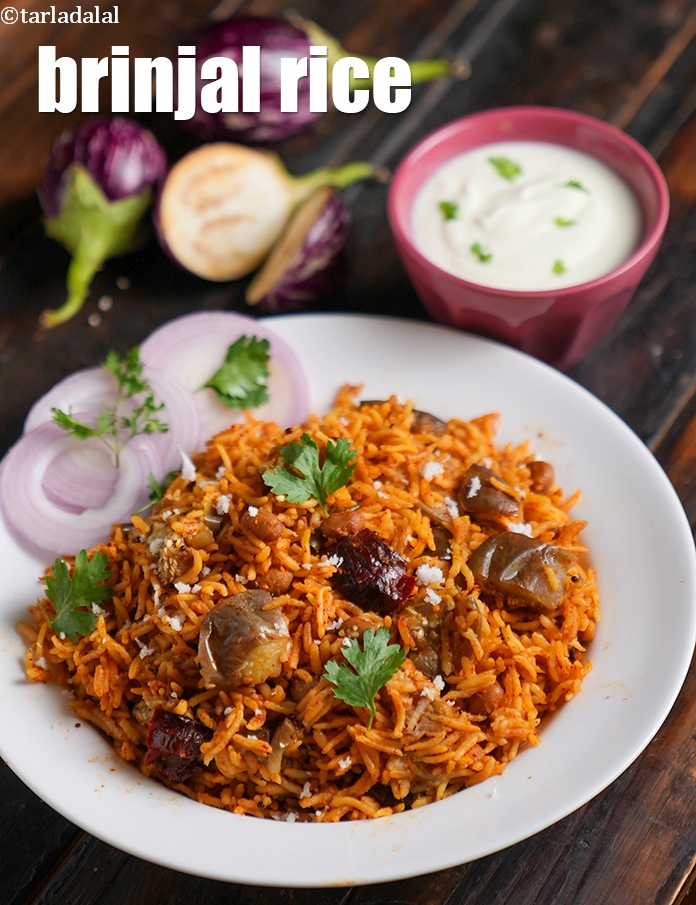
Click here to view Brinjal Rice
Calories in other related recipes
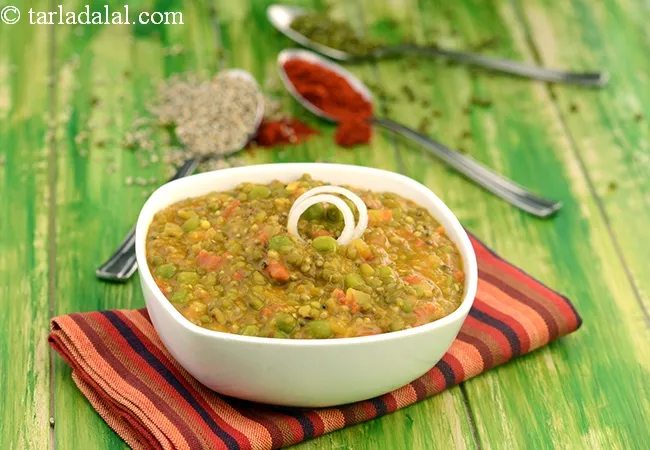
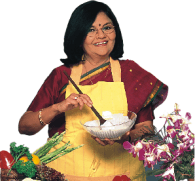

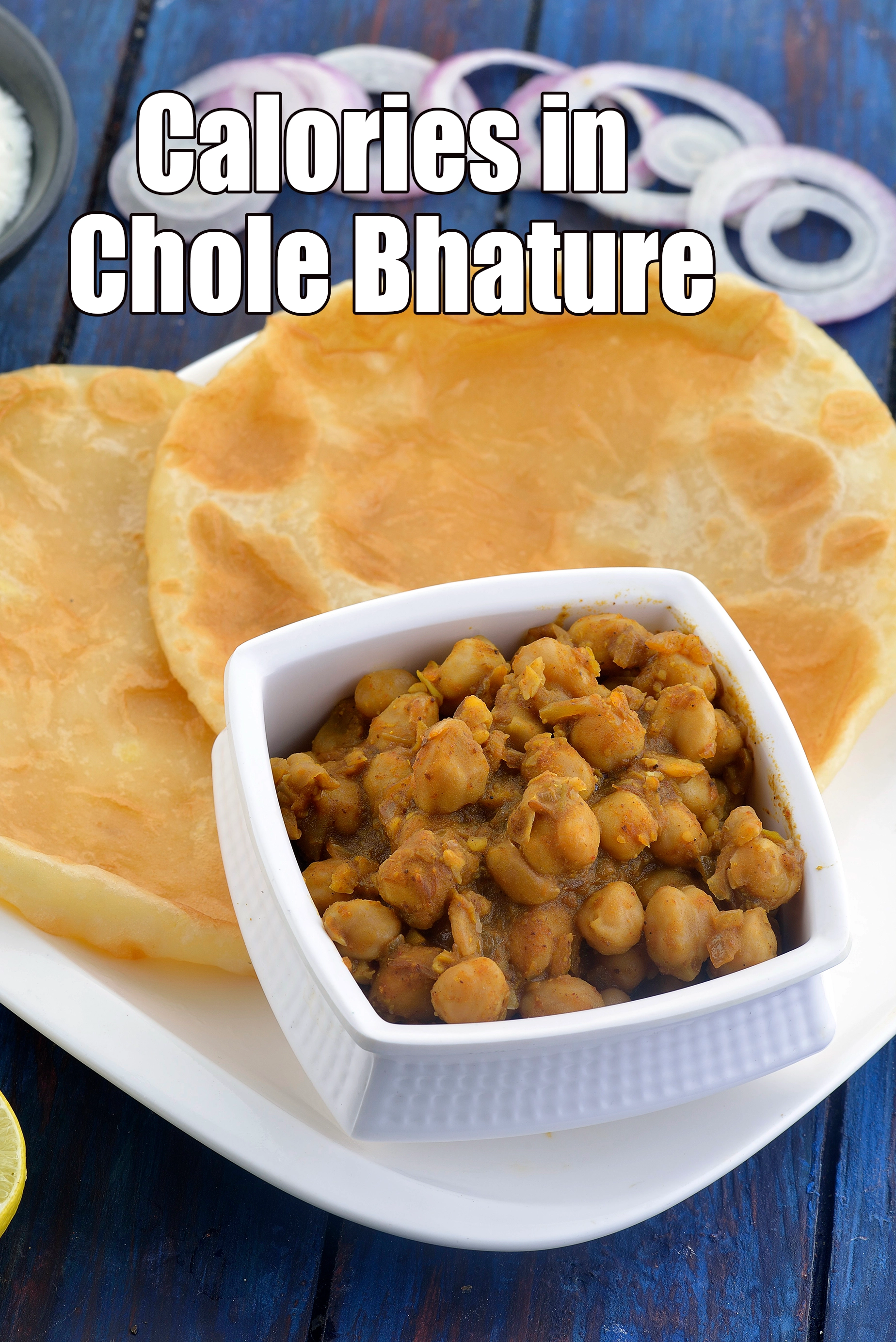
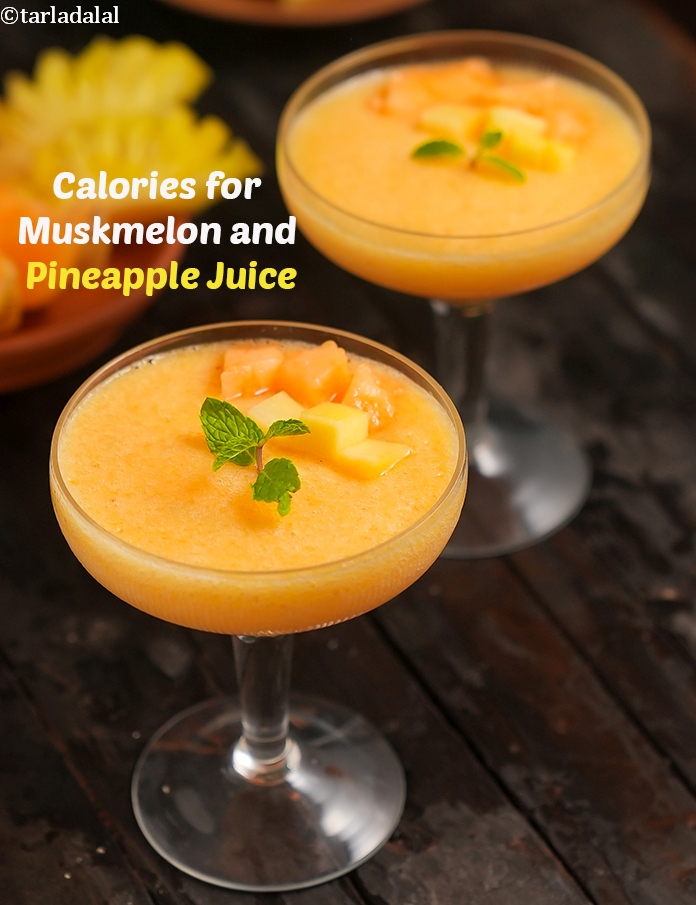
-9223.jpg)
